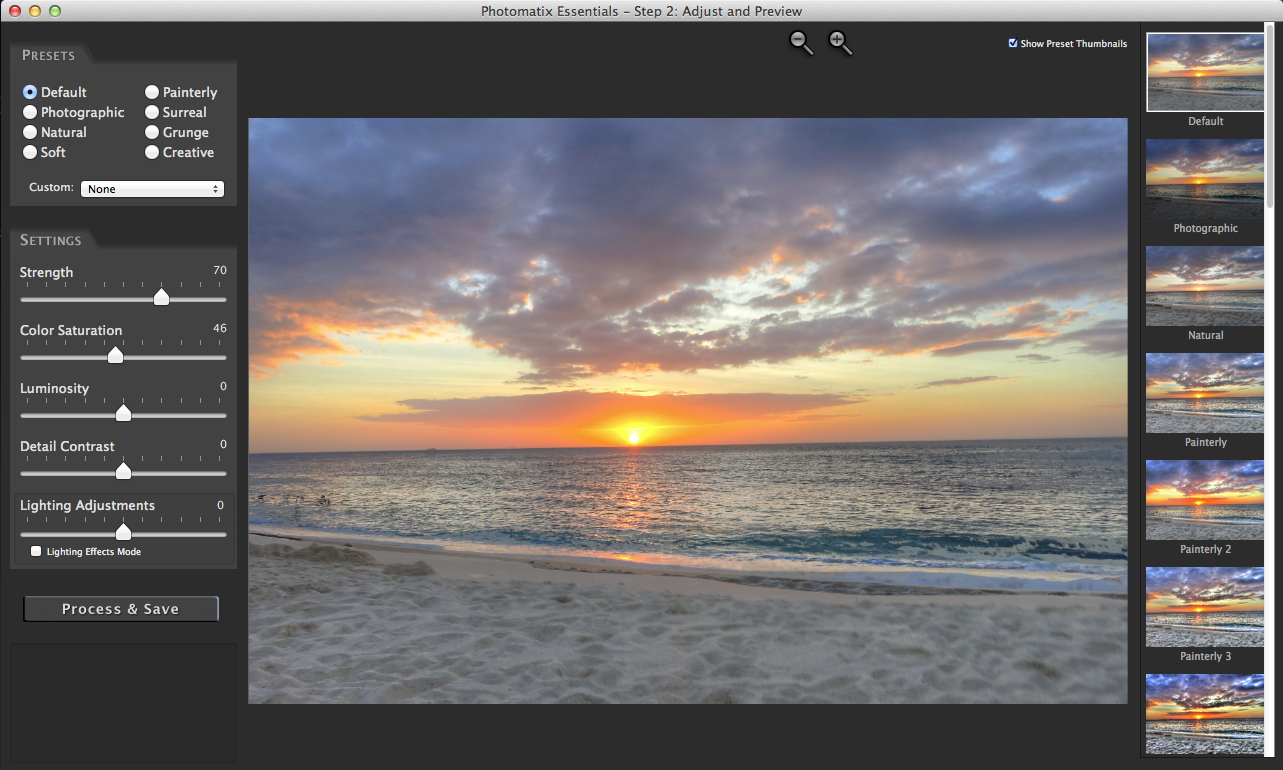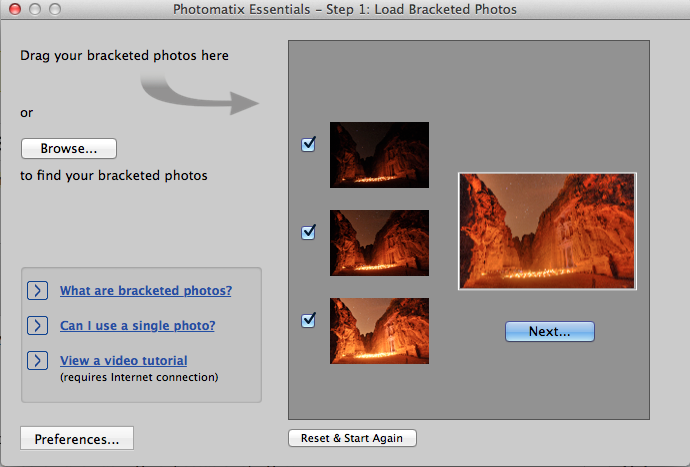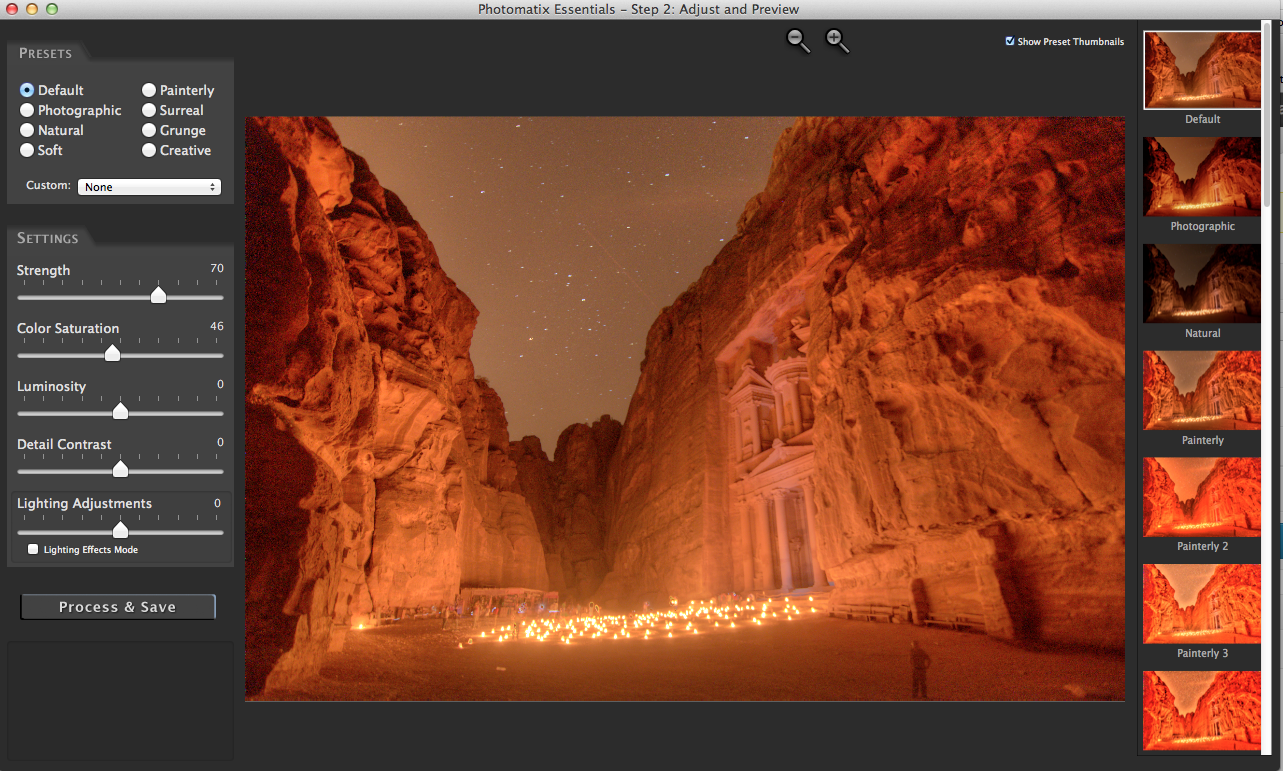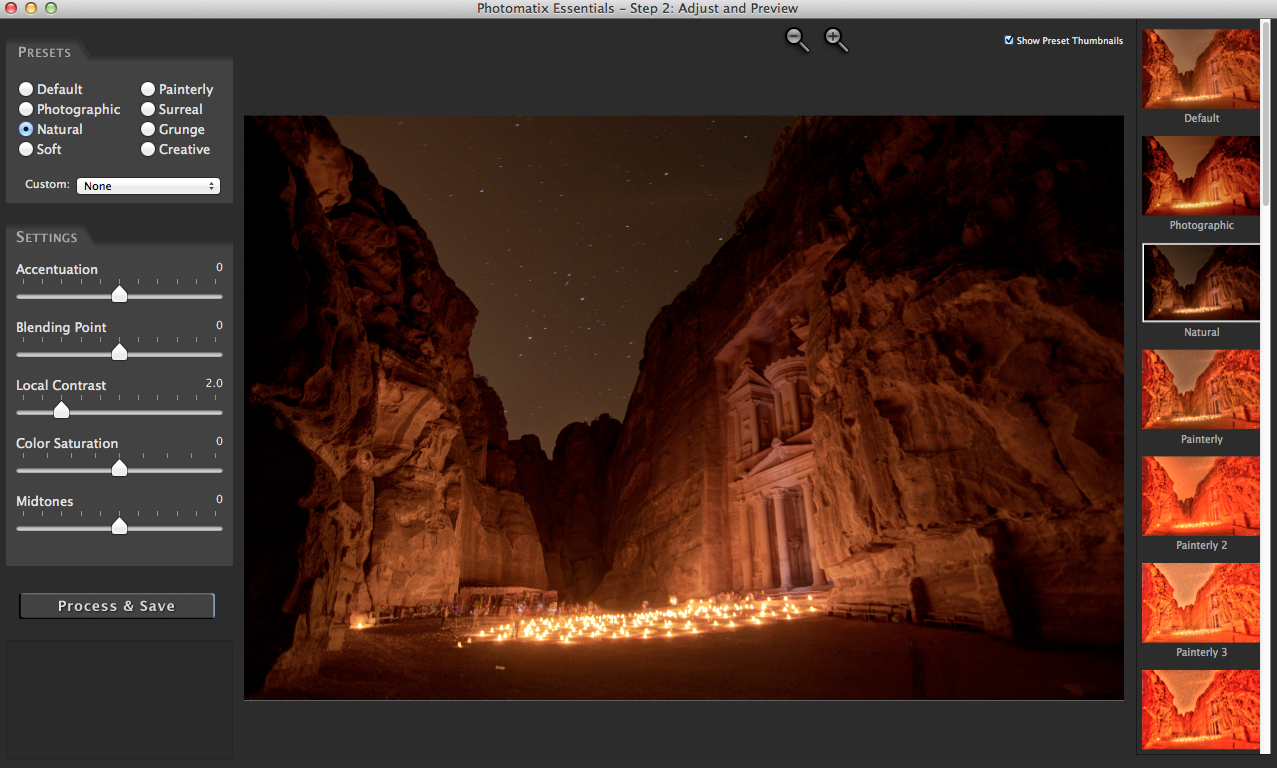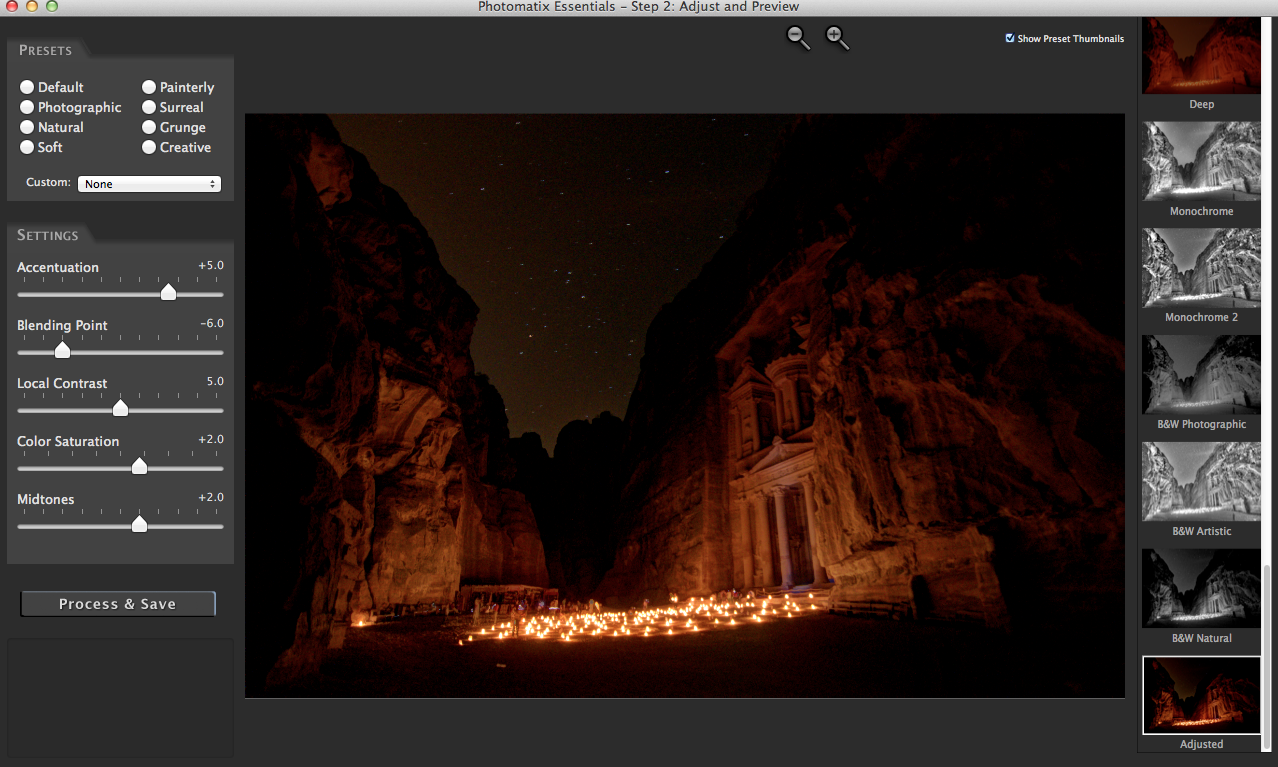Photomatix Essentials Review 2013
Bonus: To receive 15% off your Photomatix purchase type in HDRpromo15 into the Photomatix Order Page.
When I first jumped into Photomatix Essentials I didn't know what to expect – and frankly my expectations weren't extraordinarily high.
When it comes to creating high quality, lifelike HDR, it's older brother Photomatix Pro is one of the best pieces of software around (along with HDR Efex Pro) – so I should have had high expectations, right?
Well, in my experience the more inexpensive pieces of software that promise quick, “plug and play”, photos never quite lived up to expectations.
It's so easy to get HDR wrong. Venture too far into the surreal, and you end up with an ugly mess. Don't balance the lighting just right and the image looks fake – and don't even get me started with ghosting in images.
This is where I thought it would be very difficult for HDRsoft to bring the quality of their Pro version into a stripped down “beginner friendly” version of Photomatix.
Thankfully, I was totally, and completely wrong.
First Impressions of Photomatix Essentials
If there's one thing that I discovered very quickly about Photomatix Essentials its that it is the fastest way to create a high quality HDR image.
To put it through it's paces I decided to use one of my favorite images (a night shot in Petra, Jordan), that I remember as not being the easiest in the world to get right.
Some components that make this shot a little tough:
- Shot at night under (many) candlelights
- Detail in the stars that you don't want to lose
- People moving around in the distance by the candles
Here was the original image that I edited with Photomatix Pro 4:
You open up Essentials and immediately you're presented with a basic screen to drop in your brackets – super simple.
What happens after that was particularly remarkable. Using 3 RAW format photos I had a preview ready in less than 10 seconds.
Using jpegs, it was less than 5 seconds.
Pretty speedy.
From there you only have 5 sliders to deal with and numerous presets.
This is where I got worried.
For me, presets in HDR rarely look good. Each photo I shoot is so unique and difficult that using a preset, unless it's one I've pre-saved, just ends up in ugly, flawed photos.
So only having those 5 sliders was a big concern.
Until I looked at the presets.
The default one, as expected, wasn't so beautiful:
But the next one I clicked on blew my mind:
While not perfect, it was 95% as good as the images I spent 20 minutes trying to create in both Photomatix Pro and HDR Efex Pro.
It was one of the first times I was really happy with the way a preset came out for an HDR photo. What's more is I found one more that totally changed the mood of the photo but was equally as good:
After doing a few more tests with various images, I was totally impressed with Photomatix Essentials, and the fact that most of the images required very few (if any) tweaks to the slider.
Minor Shortcomings
You should take these with a grain of salt considering these aren't necessarily shortcomings, as this software was created specifically to be introductory and beginner level.
Difficult to Improve Bad Photos
One of the nice things about HDR is it's ability to take mediocre photos and make them good (just being honest here!)
If you move the sliders enough and spend a little time with an image that may have been a touch soft, or was slightly under/overexposed, you can still salvage it and turn it into a pretty remarkable shot.
Photomatix Essentials doesn't give you much of that. Because this software (purposefully) doesn't give you control over all the tiny details, it's tough to salvage some of those mediocre shots.
I noticed this big time with some of my point and shoot HDR. While I had great success with the photos that were decent from a technical perspective, I had to use Photomatix or HDR Efex Pro (plus some additional filters) to really salvage the ones that weren't so great.
Tough to Make Basic Adjustments
Because of the lack of customizability, you really can't do simple things like adjust the brightness or exposure, seeing a few more adjustments would have really gone a long way.
Again, not a be-all-end-all, especially if you already plan on doing some adjustments in Lightroom or Photoshop after the fact, but to have a truly beginner friendly, all inclusive piece of HDR Software would be nice.
Who it's Perfect For
I think there's going to be a lot of people who will love Photomatix Essentials. It's the fastest and easiest way to create decent HDR photos.
This will be great for the average photographer who doesn't care about every little aspect of their photos, and just wants good looking HDR photos with little time or effort.
If you're used to being able to control every detail of your photos, or if you have a subpar camera and like to use HDR to compensate, then you'll probably want to stick with either HDR Efex Pro or Photomatix Pro.
Recommendation
If I were in the market for my first piece of HDR software I'd buy the full version of Photomatix.
Why?
Because it includes Photomatix Essentials.
Buy it and start with the basics. Then as your skills improve you can slowly move into using the full program. This is also nice because it includes the plugins to use with Photoshop and Lightroom as well.
Bonus: To receive 15% off your Photomatix purchase type in HDRpromo15 into the Photomatix Order Page.
Do you have experience with Photomatix Essentials? Tell us about it in the comments!
